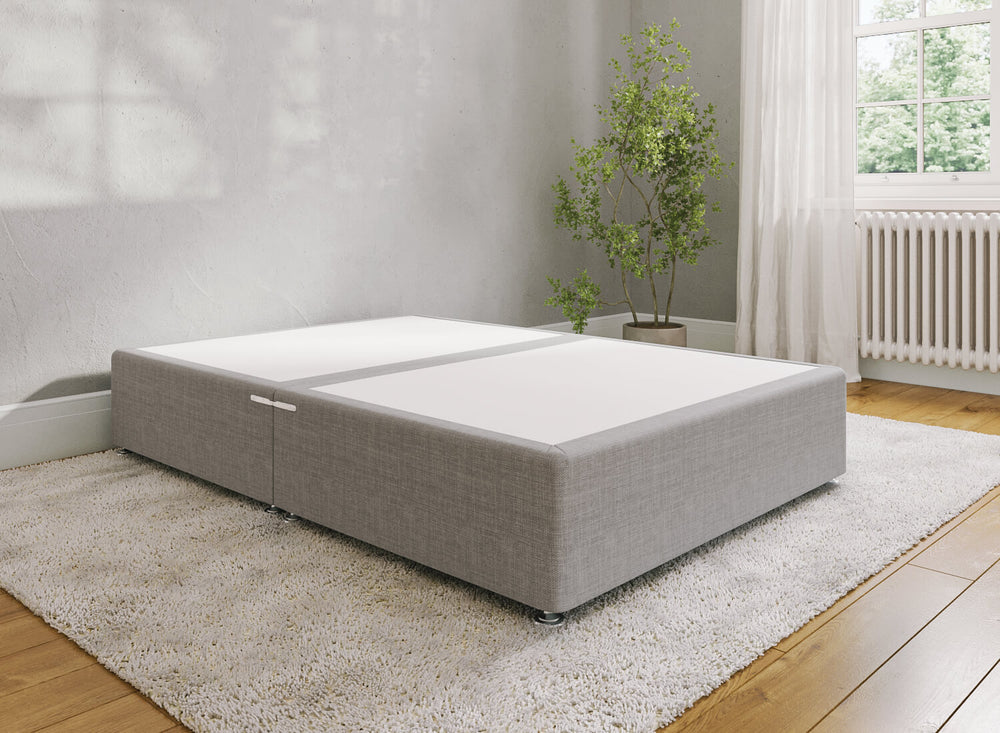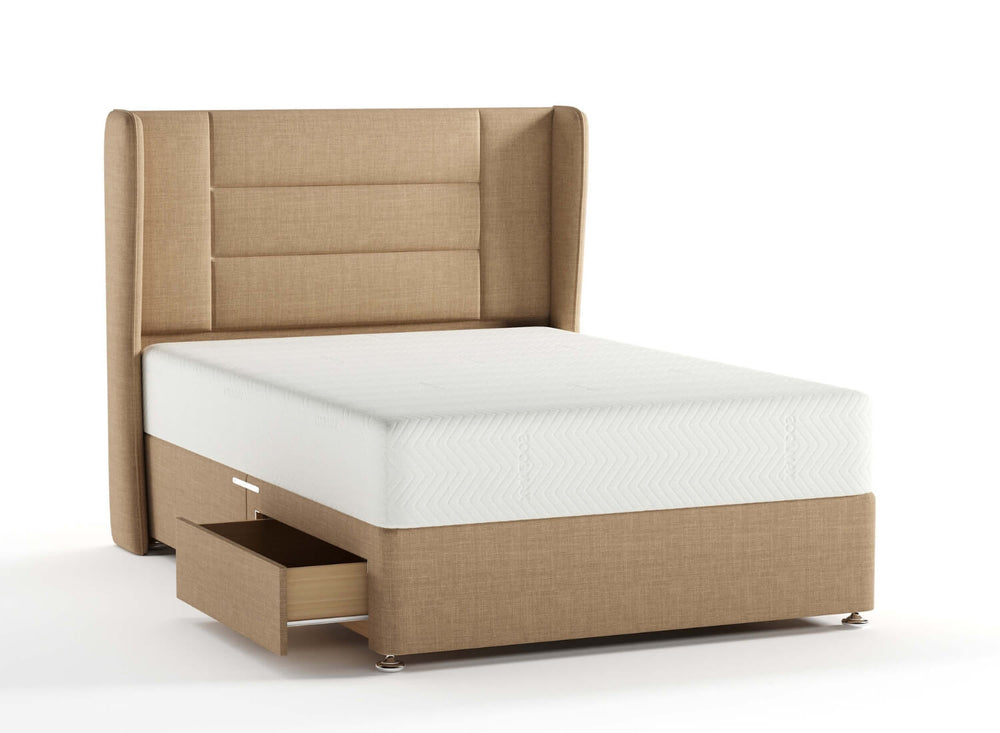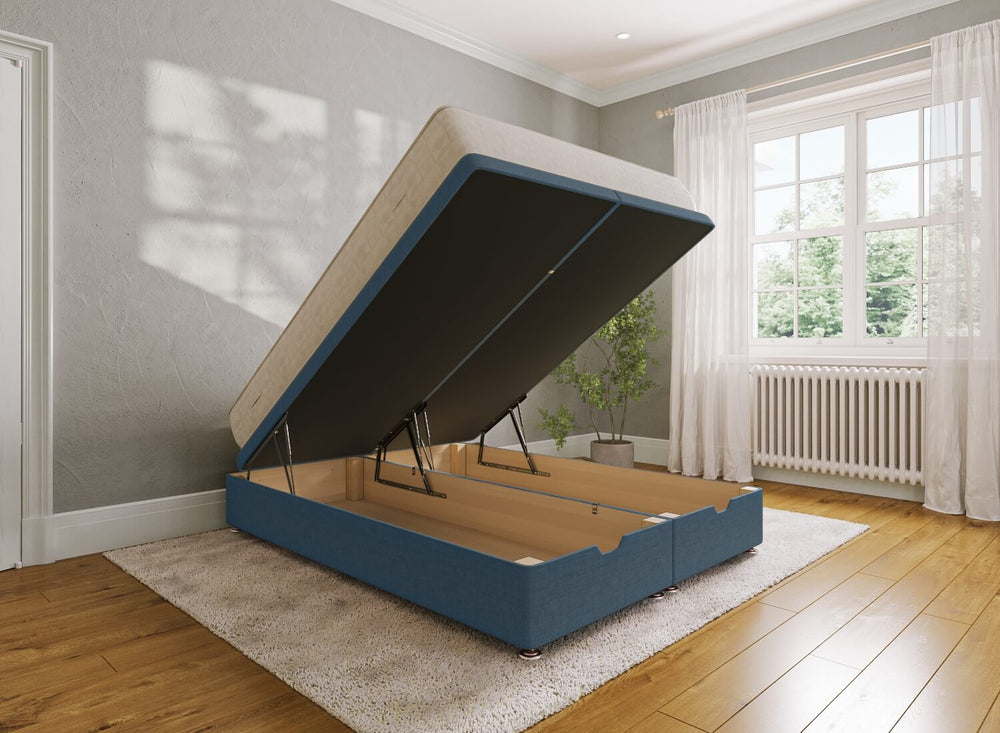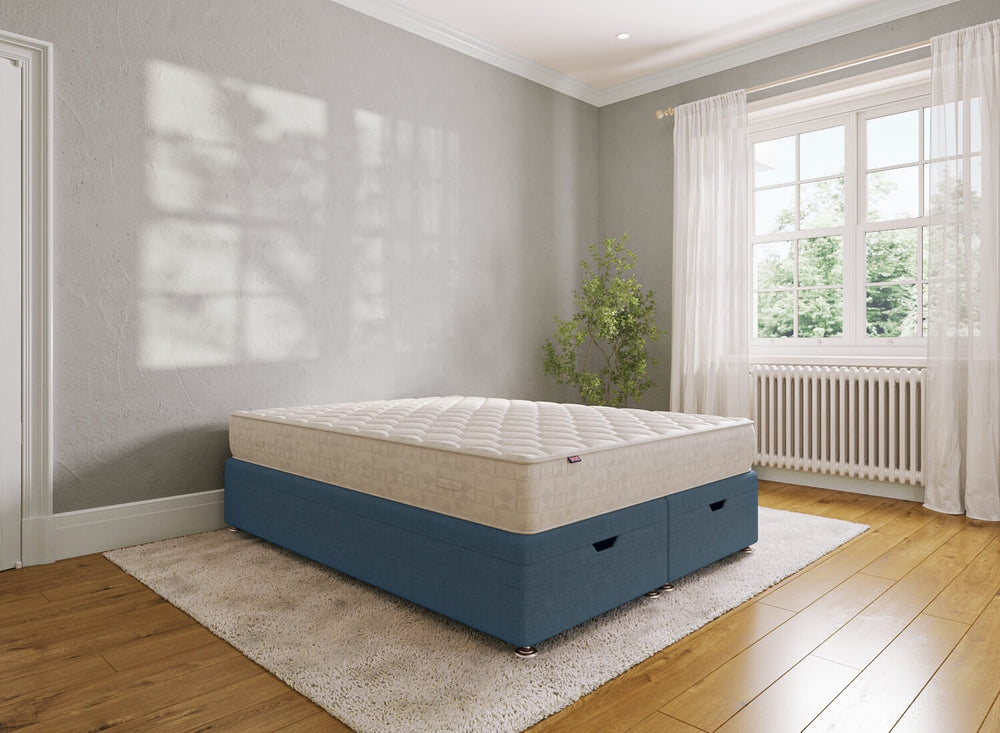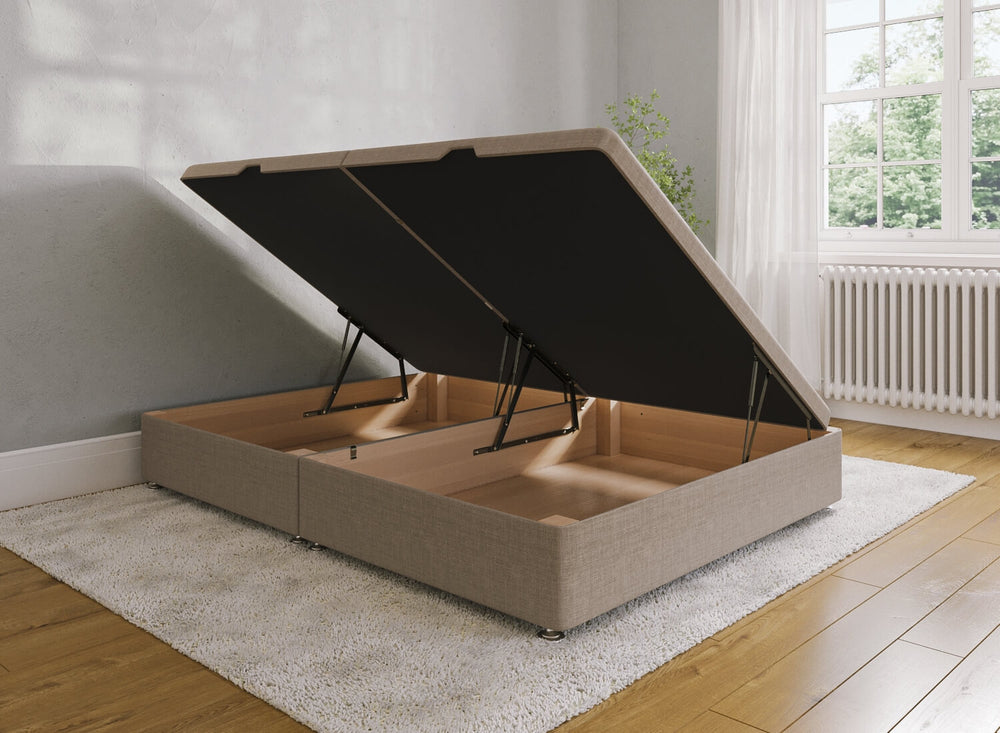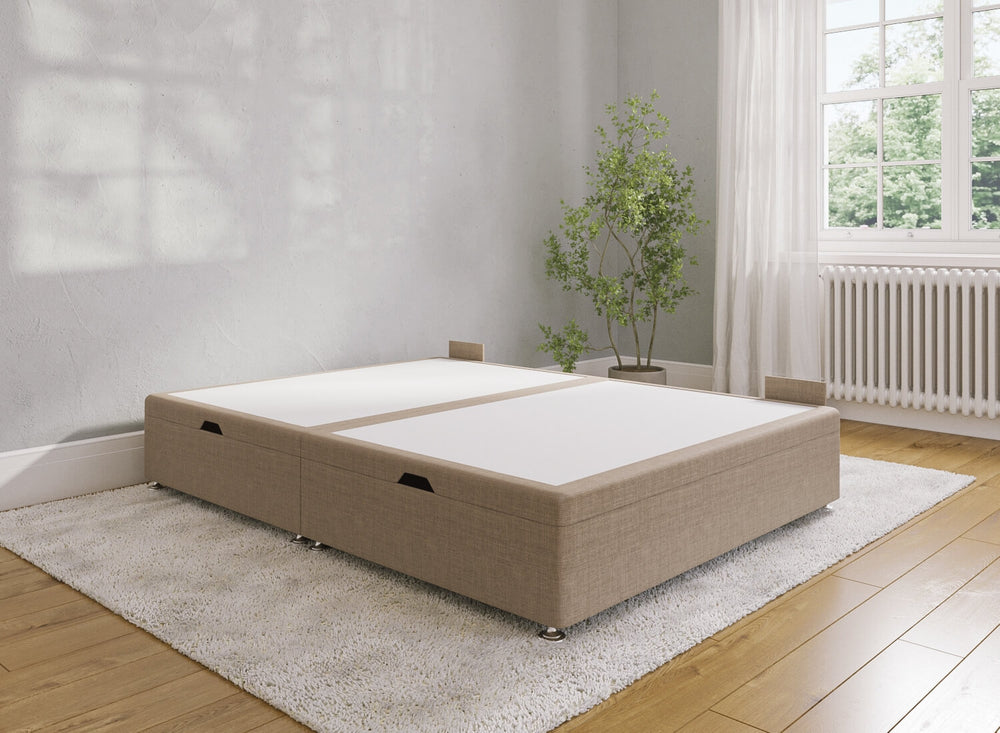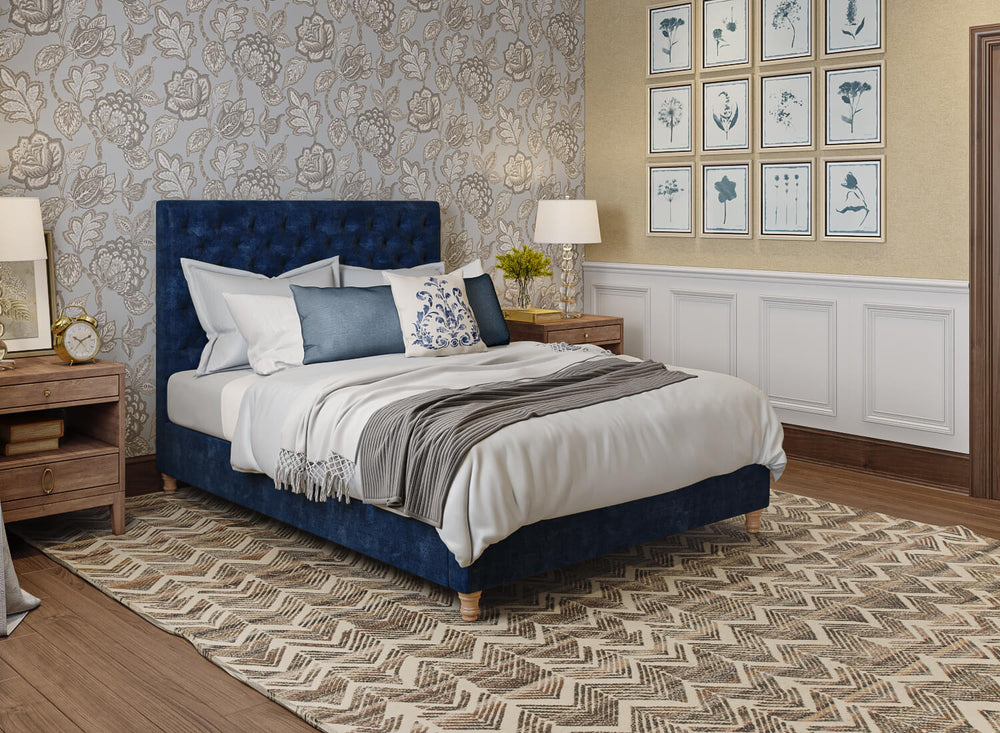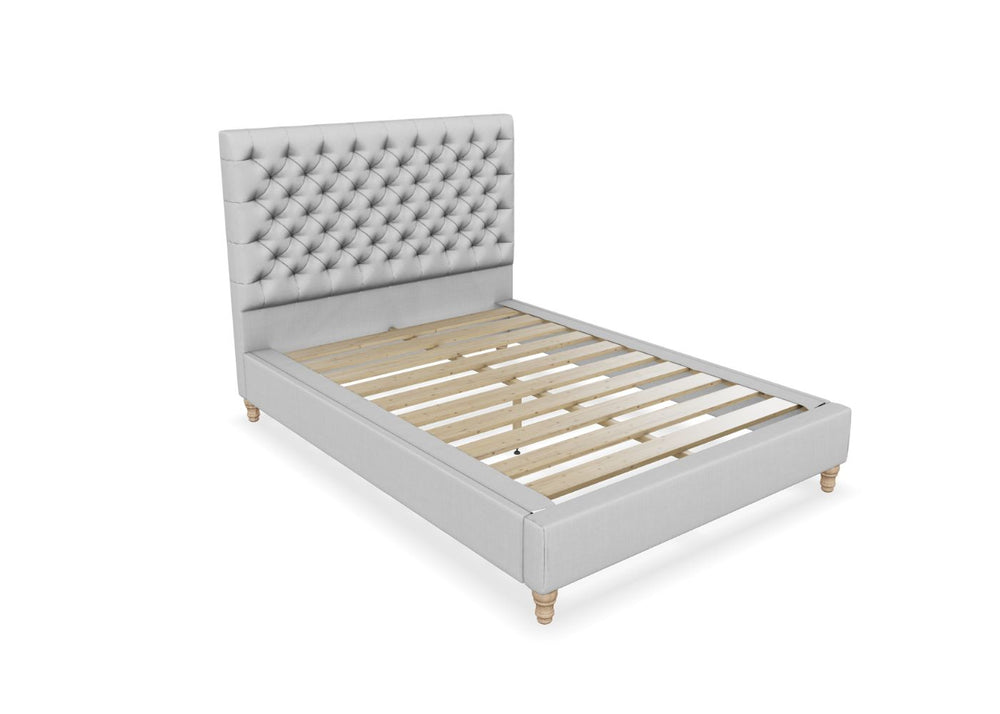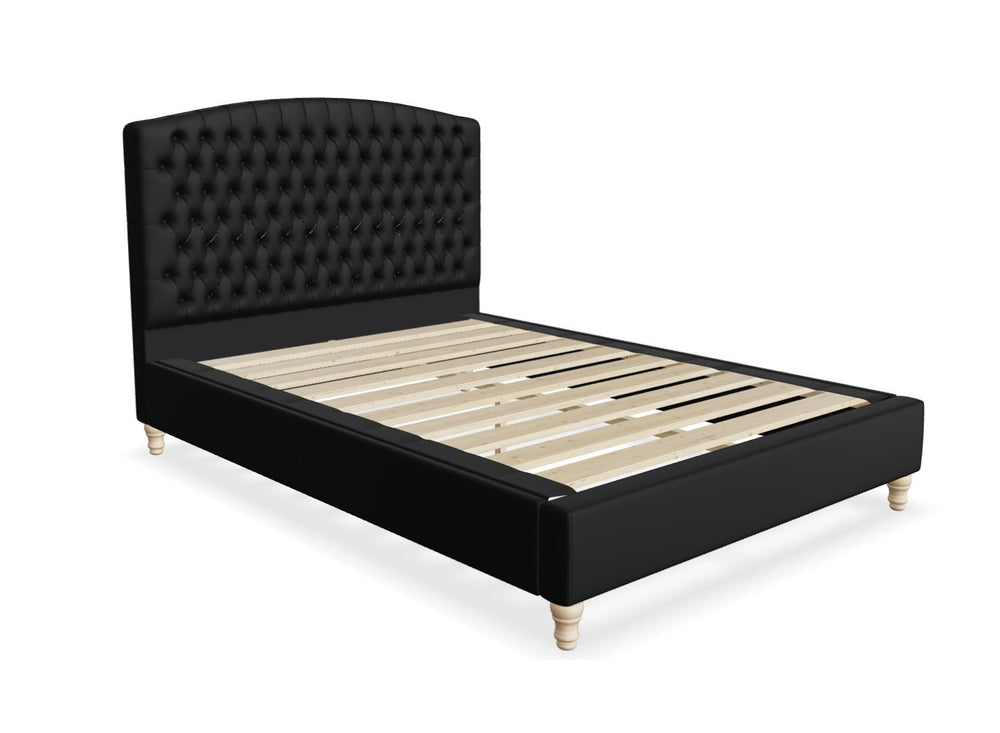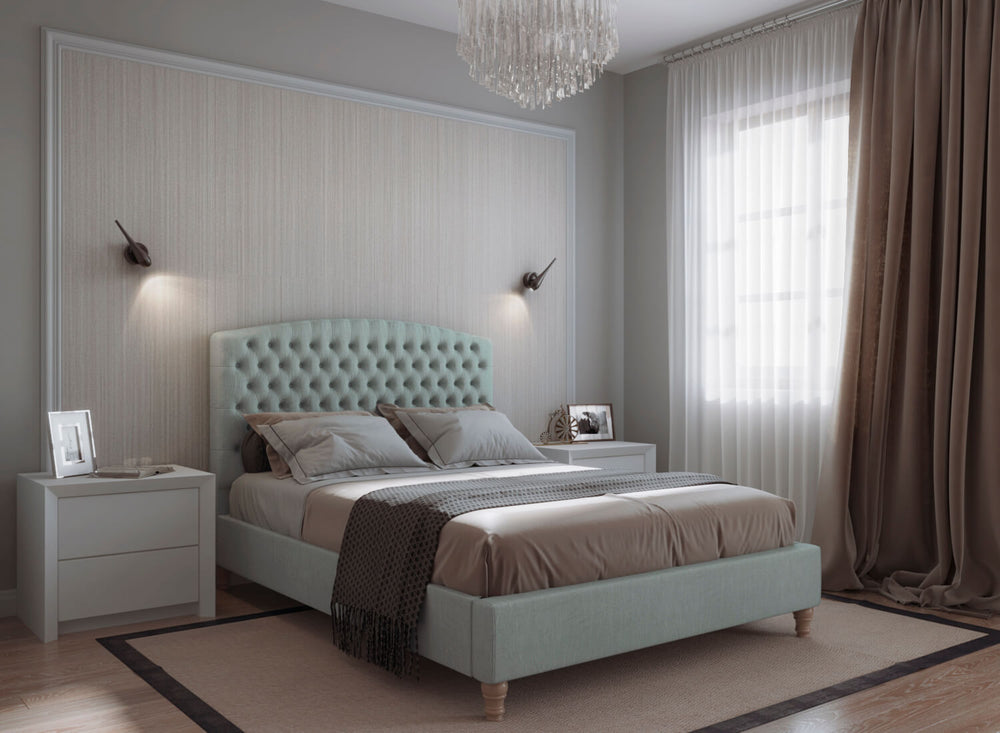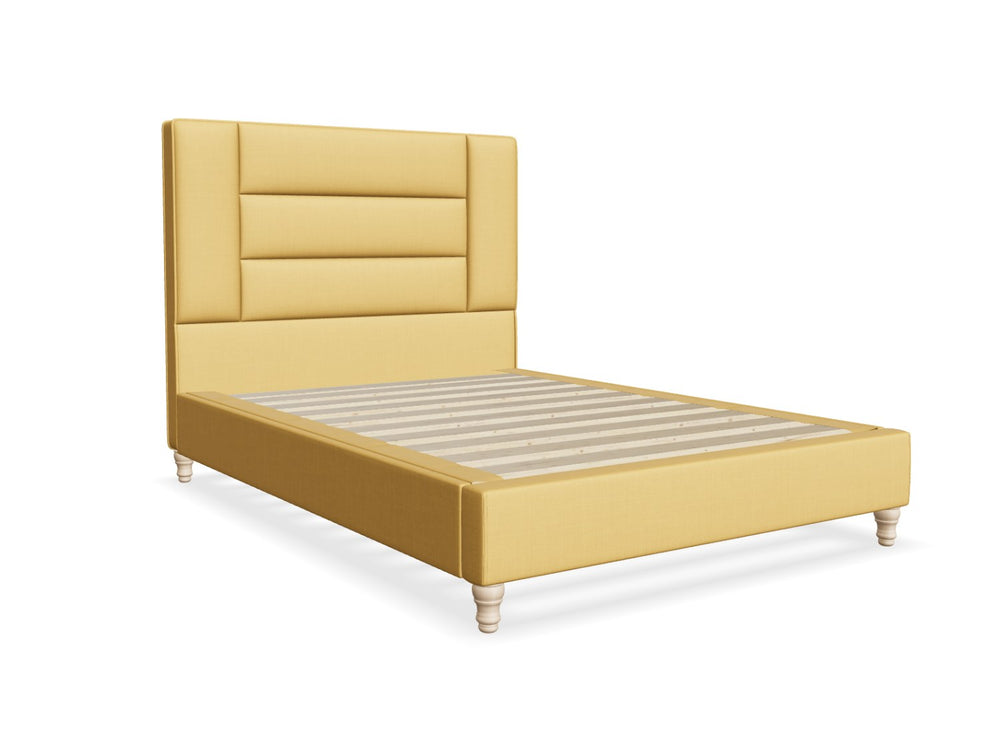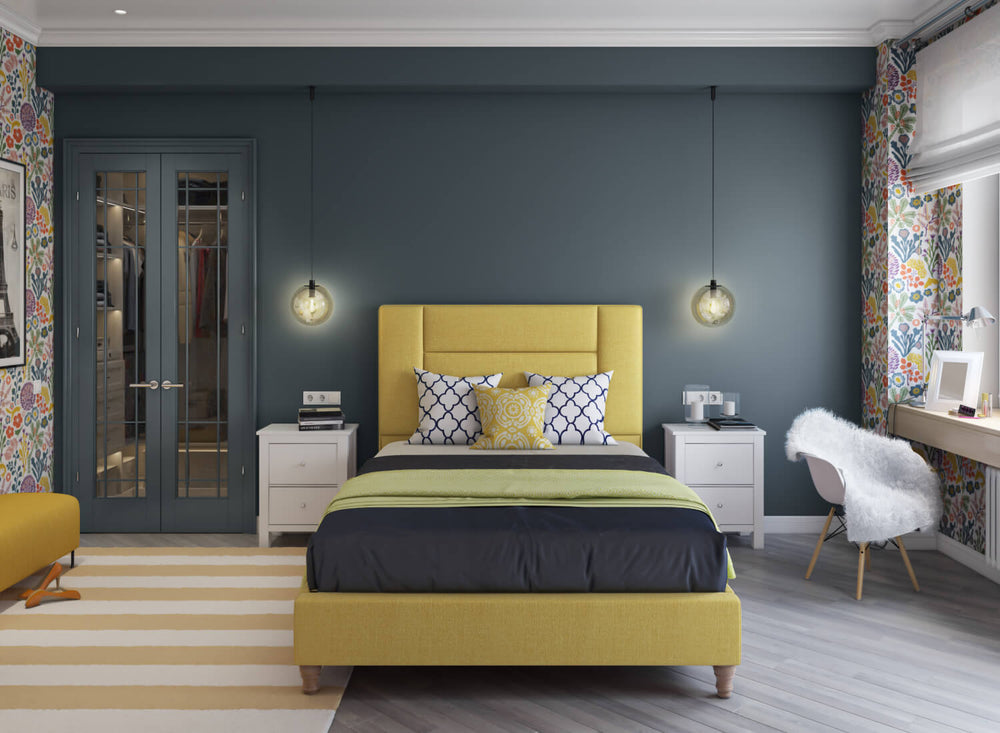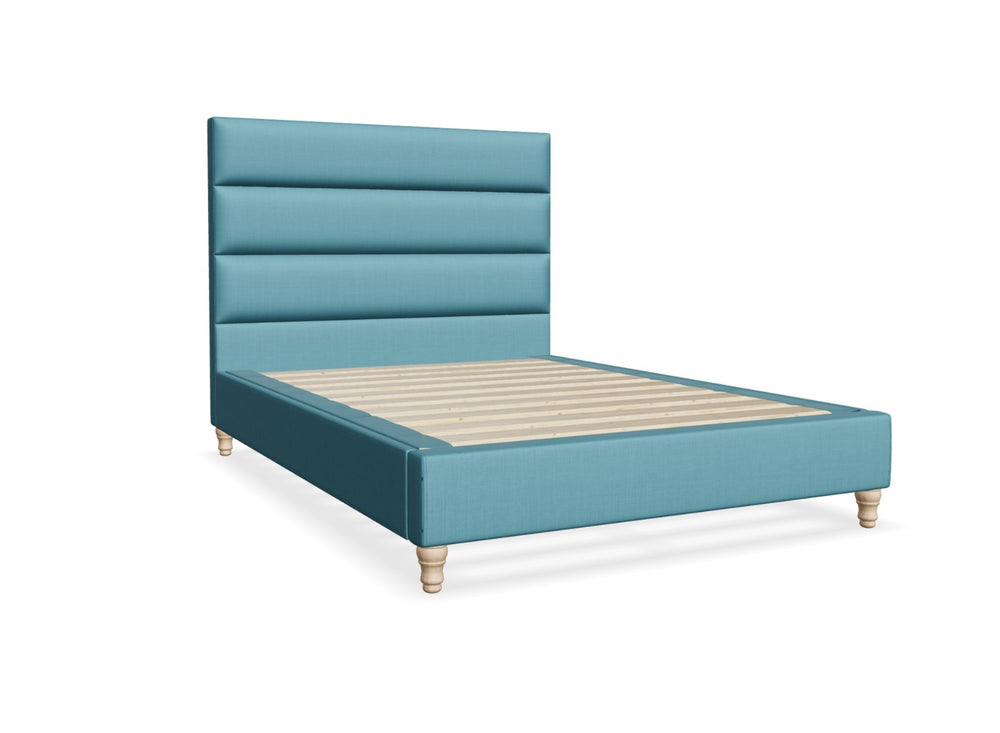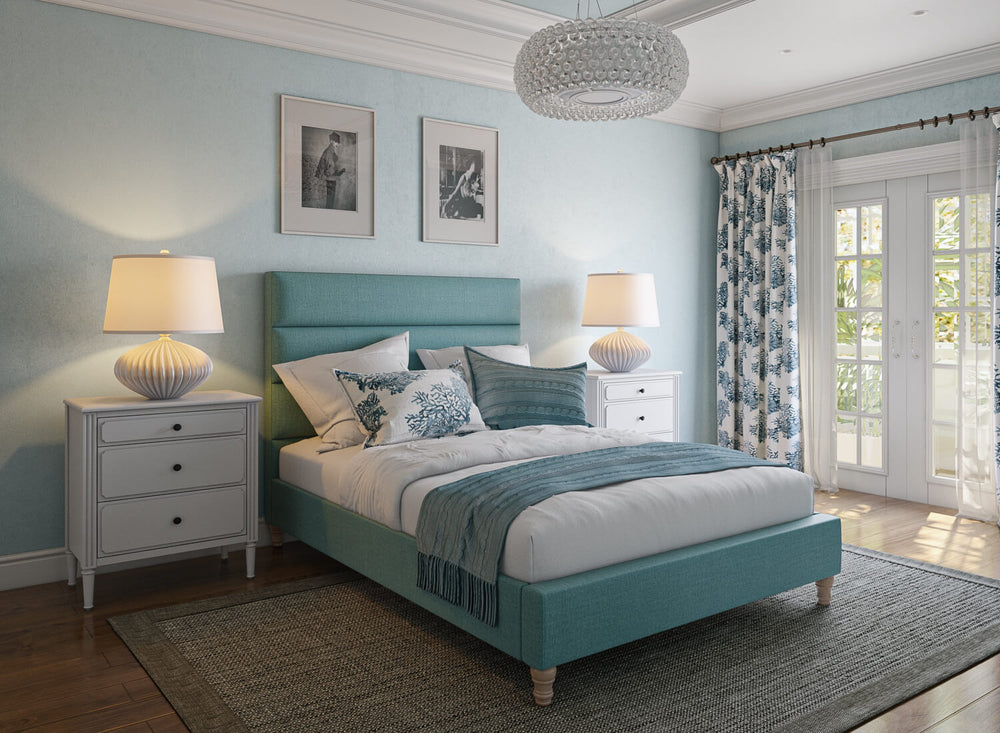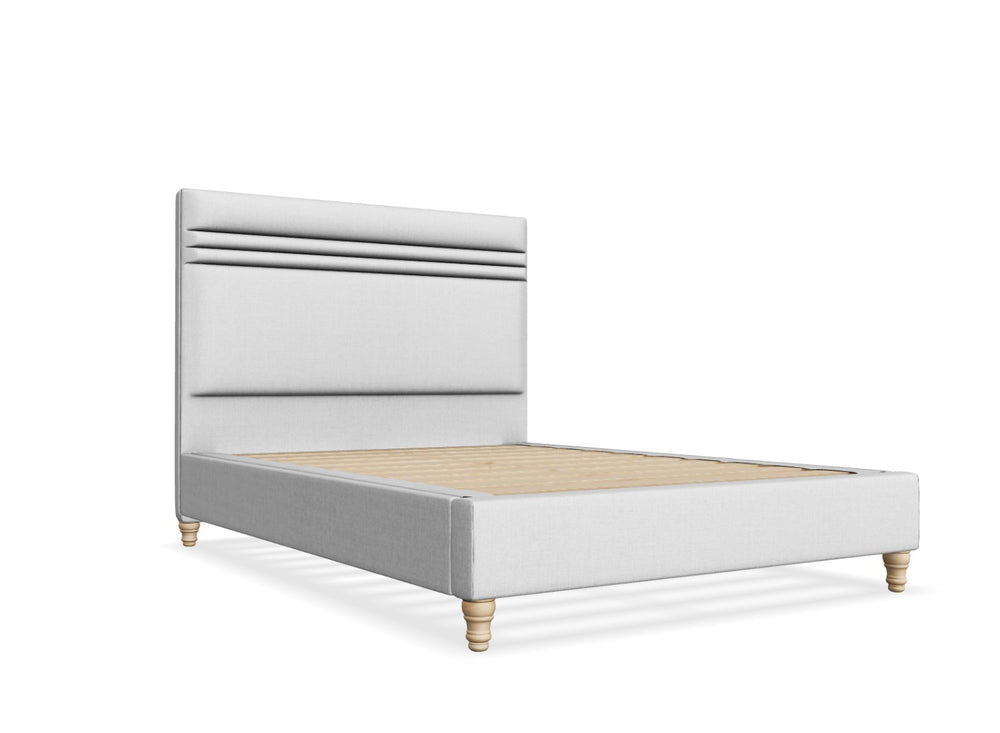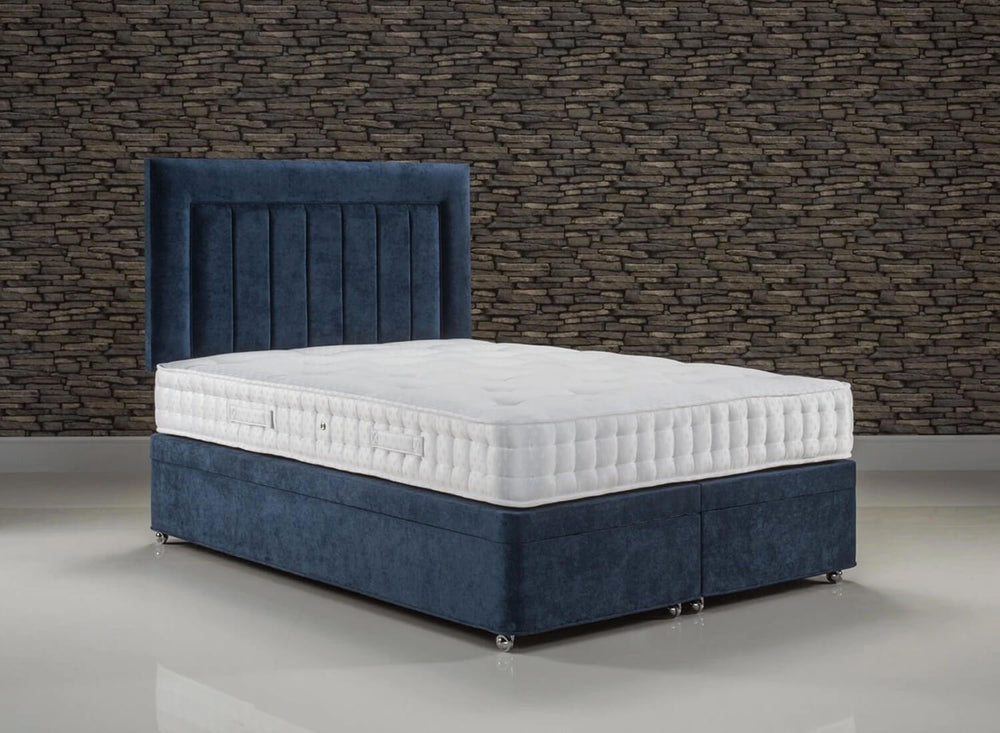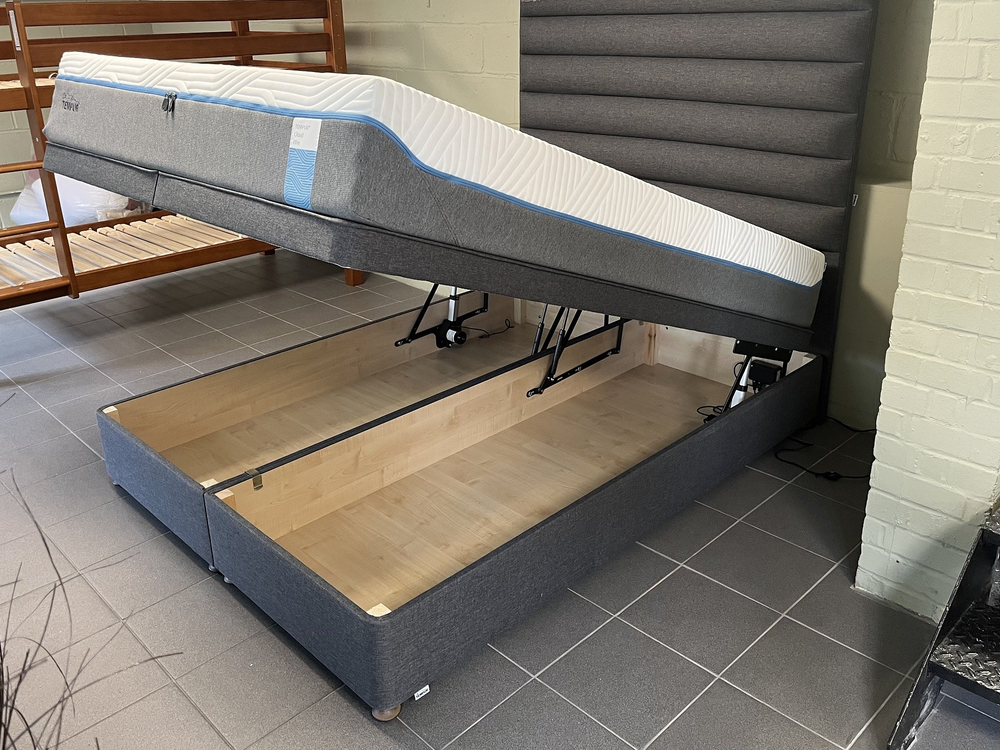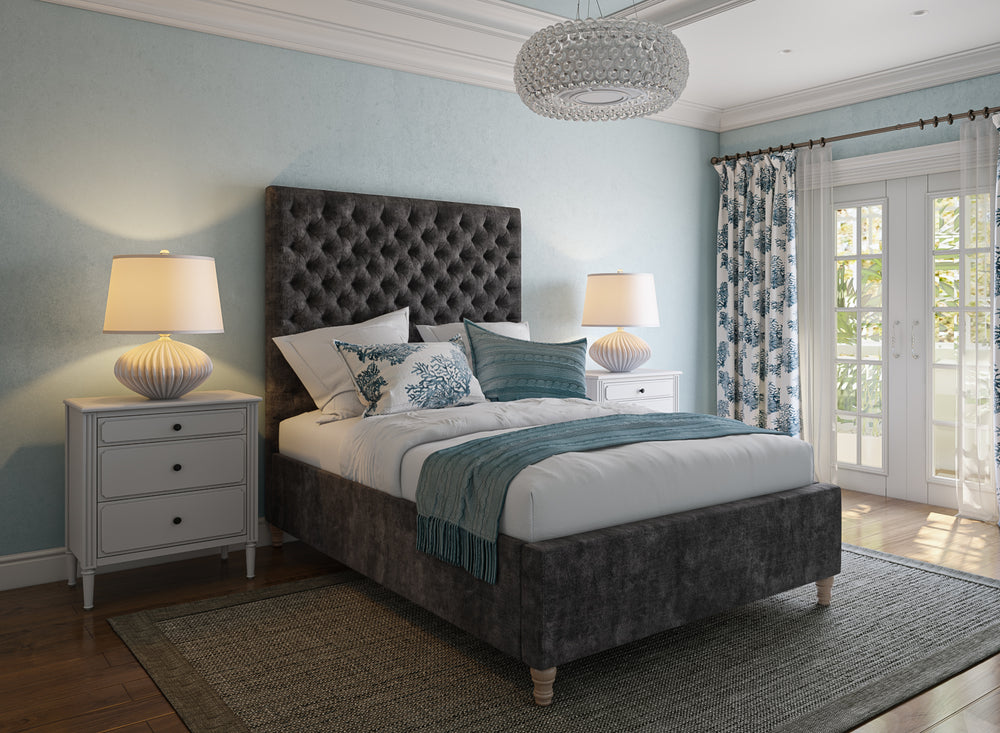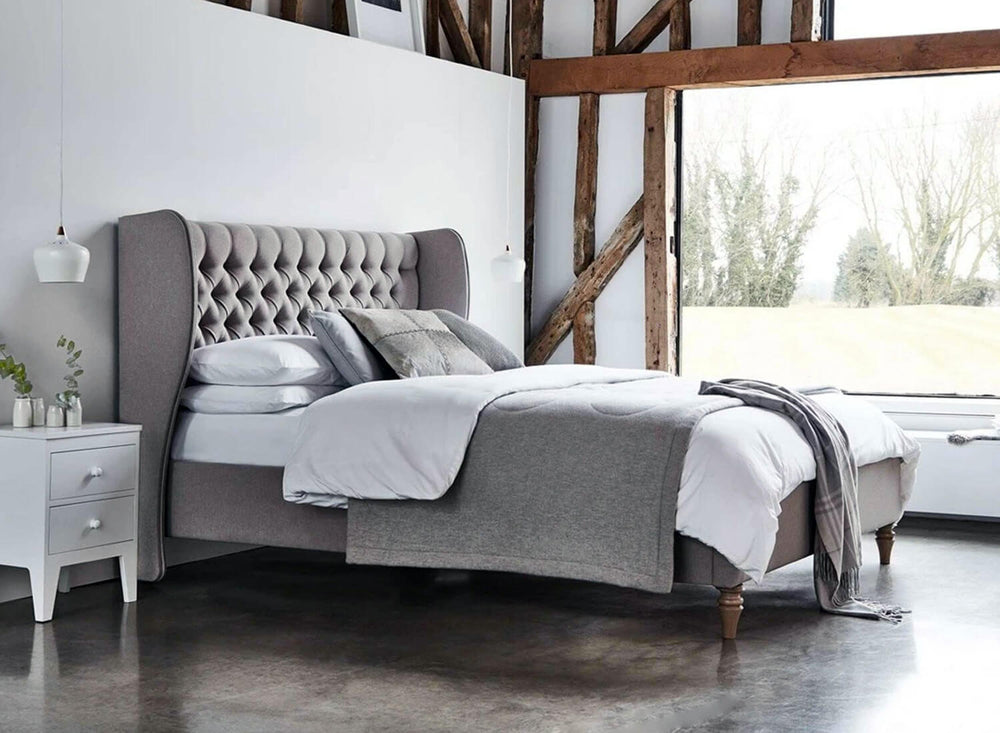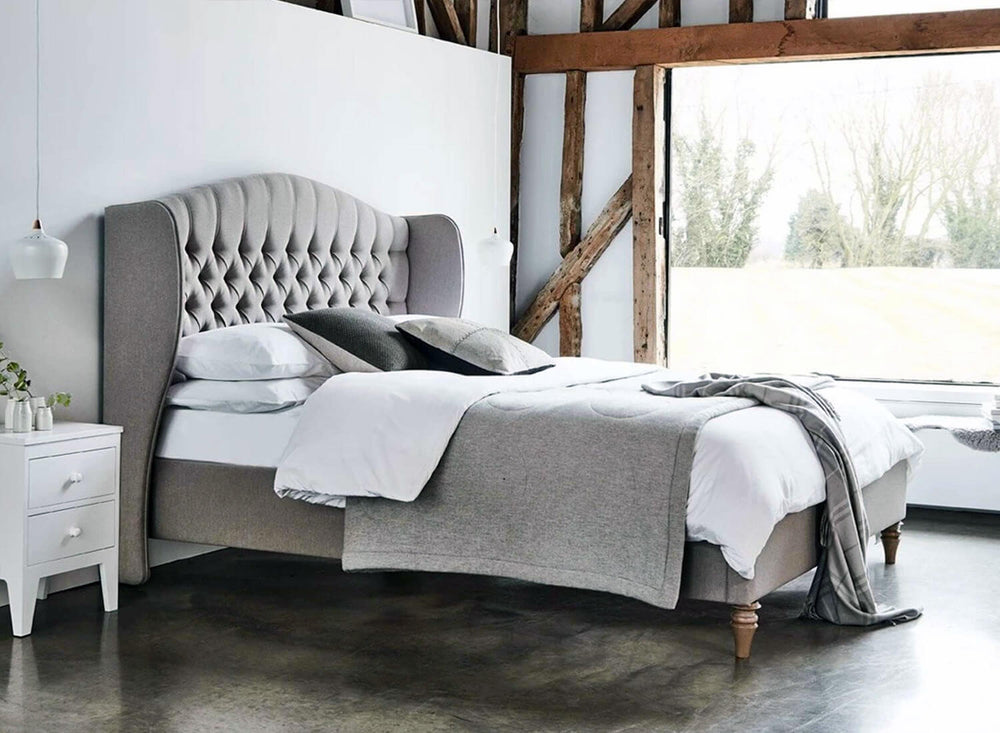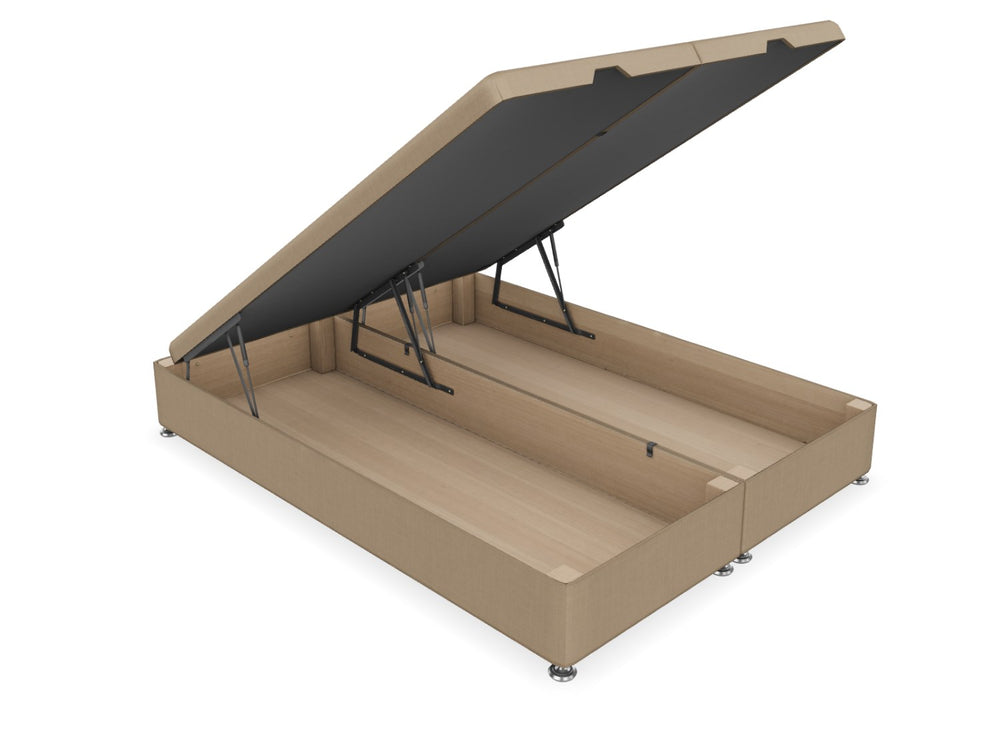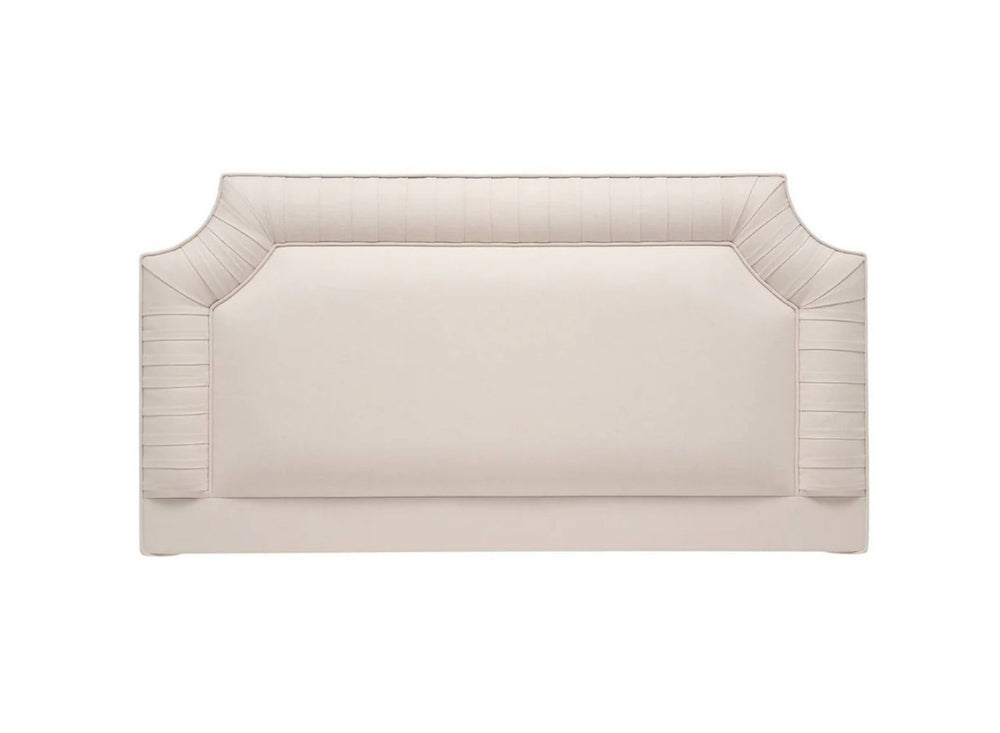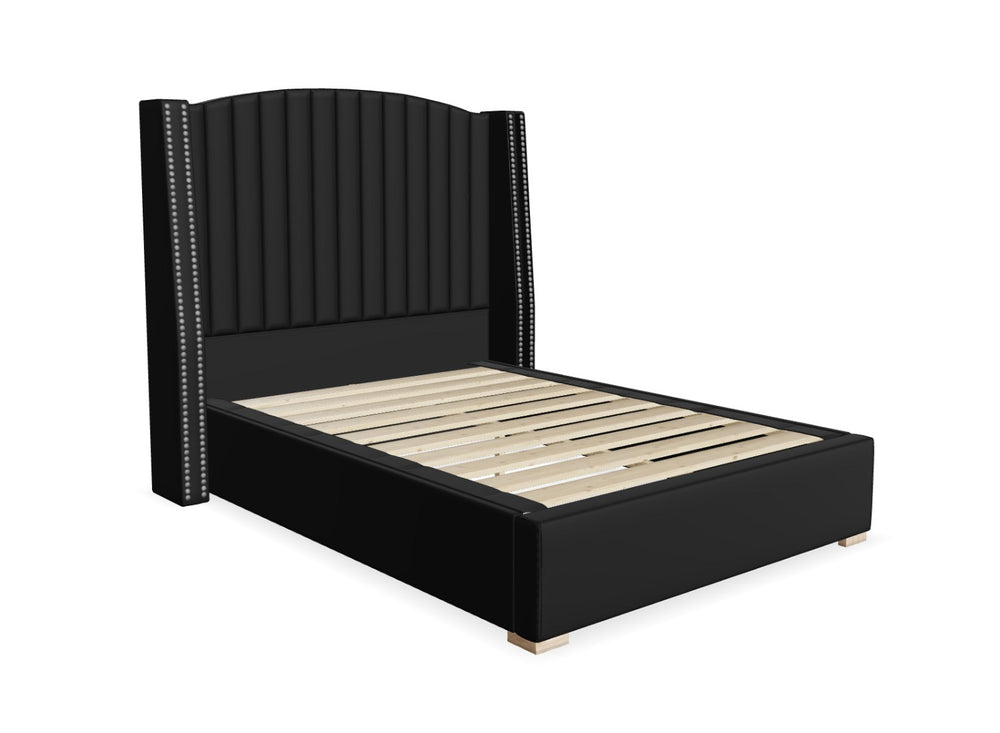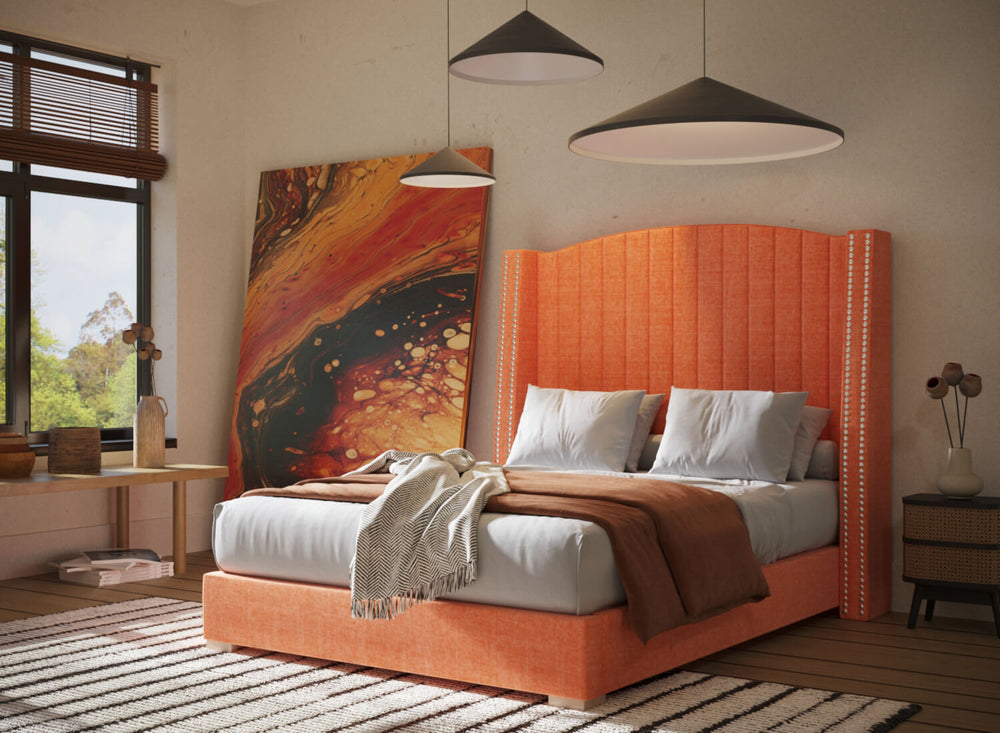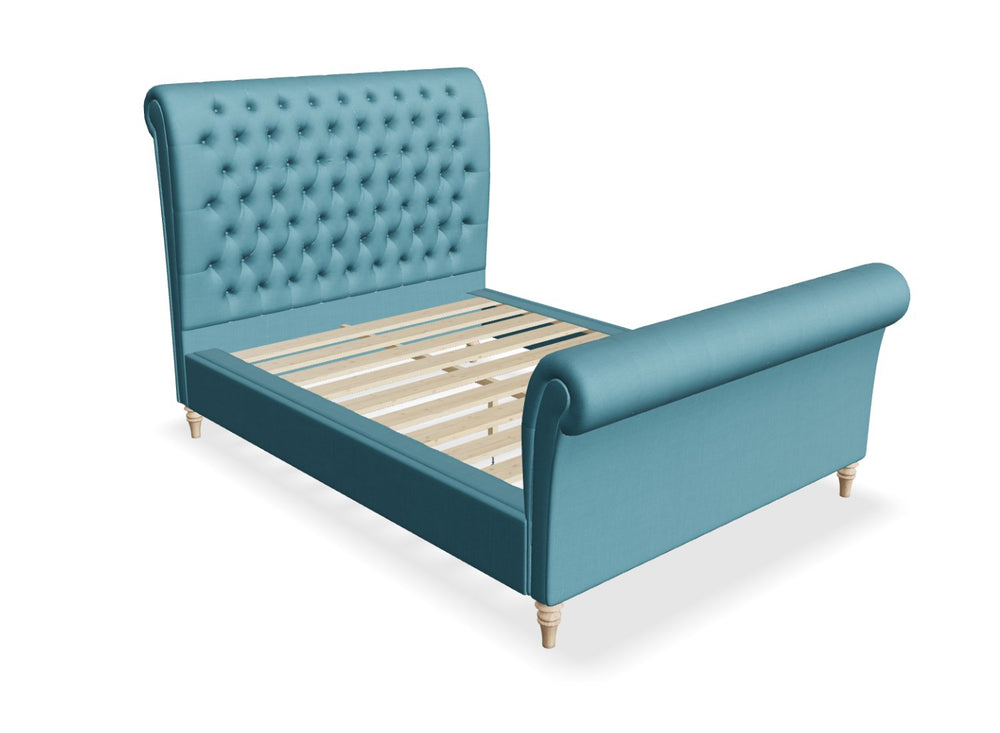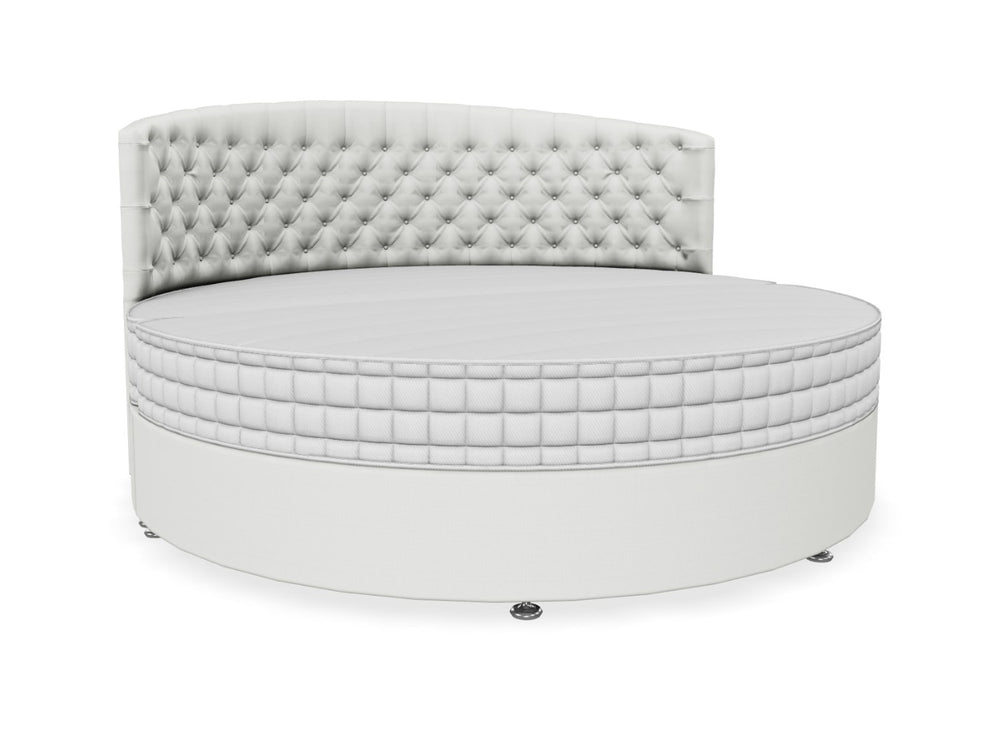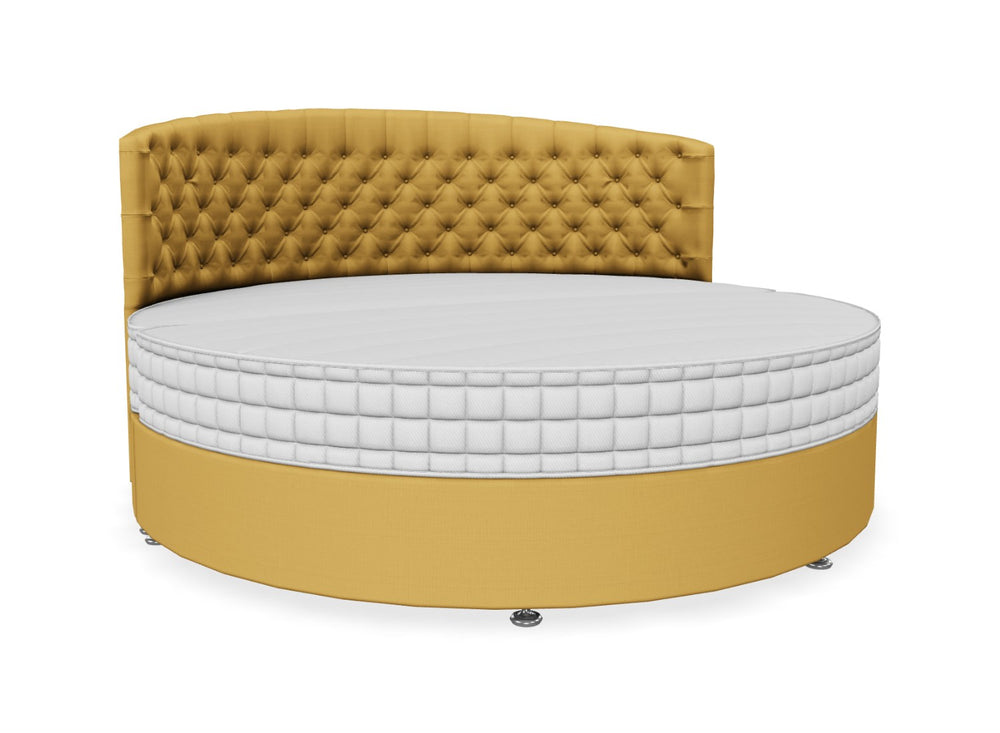
In the ever-evolving world of interior design, trends come and go, leaving behind traces of cultural and aesthetic shifts. One such intriguing trend that gained popularity in the mid-20th century was the use of round beds. These unconventional sleeping arrangements captured the imagination of homeowners and designers alike, providing a departure from the traditional rectangular beds that had dominated bedrooms for centuries. In this blog post, we'll explore the heyday of round beds, delving into the when, why, and how they became a symbol of avant-garde design.
The Swinging '60s
The swinging '60s were a time of rebellion and experimentation, both in fashion and design. It was during this period that the round bed burst onto the scene, challenging the norms of bedroom aesthetics. Influenced by the free-spirited atmosphere of the era, designers and homeowners embraced the circular shape as a symbol of progressiveness and a break from convention.
Round beds were not only a departure from traditional design, but they also symbolized a shift in societal values. The rise of individualism and a rejection of established norms found expression in the unconventional shapes and forms that characterized the '60s décor. The round bed became a focal point in bedrooms, a statement piece that embodied the spirit of the times.
Pop Culture and Celebrity Endorsement
As with many design trends, the popularity of round beds received a considerable boost from celebrity endorsements. Hollywood icons and trendsetters of the time embraced the circular sleeping arrangement, making it a symbol of luxury and sophistication. Notable figures like Hugh Hefner, famous for his Playboy Mansion, were early adopters of the round bed, solidifying its status as a chic and avant-garde choice.

Product: Holkham Fabric Bed
The '70s and Beyond
While the '60s laid the foundation for the popularity of round beds, the trend continued to evolve in the following decades. The '70s saw a fusion of styles, with round beds becoming an integral part of the eclectic and bohemian design movements. However, as the '80s ushered in a return to more streamlined and minimalist aesthetics, the round bed began to lose its prominence.
The Decline
By the late '80s and early '90s, the round bed trend had waned, giving way to a resurgence of more conventional designs. Practical considerations, such as the difficulty of finding suitable bedding and the challenges of integrating round beds into standard room layouts, contributed to their decline. As the design landscape shifted towards functionality and versatility, the round bed found itself on the fringes of mainstream décor.
Conclusion
The popularity of round beds, though fleeting, remains a fascinating chapter in the history of interior design. Rooted in the cultural and social upheavals of the '60s, these circular sleeping arrangements represented a departure from tradition and a celebration of individual expression.
While round beds may not be as prevalent today, their legacy lives on in the archives of design history, a testament to the ever-changing nature of our aesthetic preferences. As we look back on the rise and fall of round beds, we gain insight into the dynamic interplay between design, culture, and the human desire for innovation in our living spaces.

Nicholas Forth

Director
Nick has put his 15 years of industry expertise into his blog posts. With the goal of making customers more informed, he provides insight into bed design, durability, and the best choices for different lifestyles and needs. His writing combines technical knowledge with practical advice, helping readers understand what really matters when choosing a bed or mattress. Whether breaking down material differences, exploring trends in bedroom design, or sharing tips on maximising comfort, he ensures every post is both educational and easy to follow.


